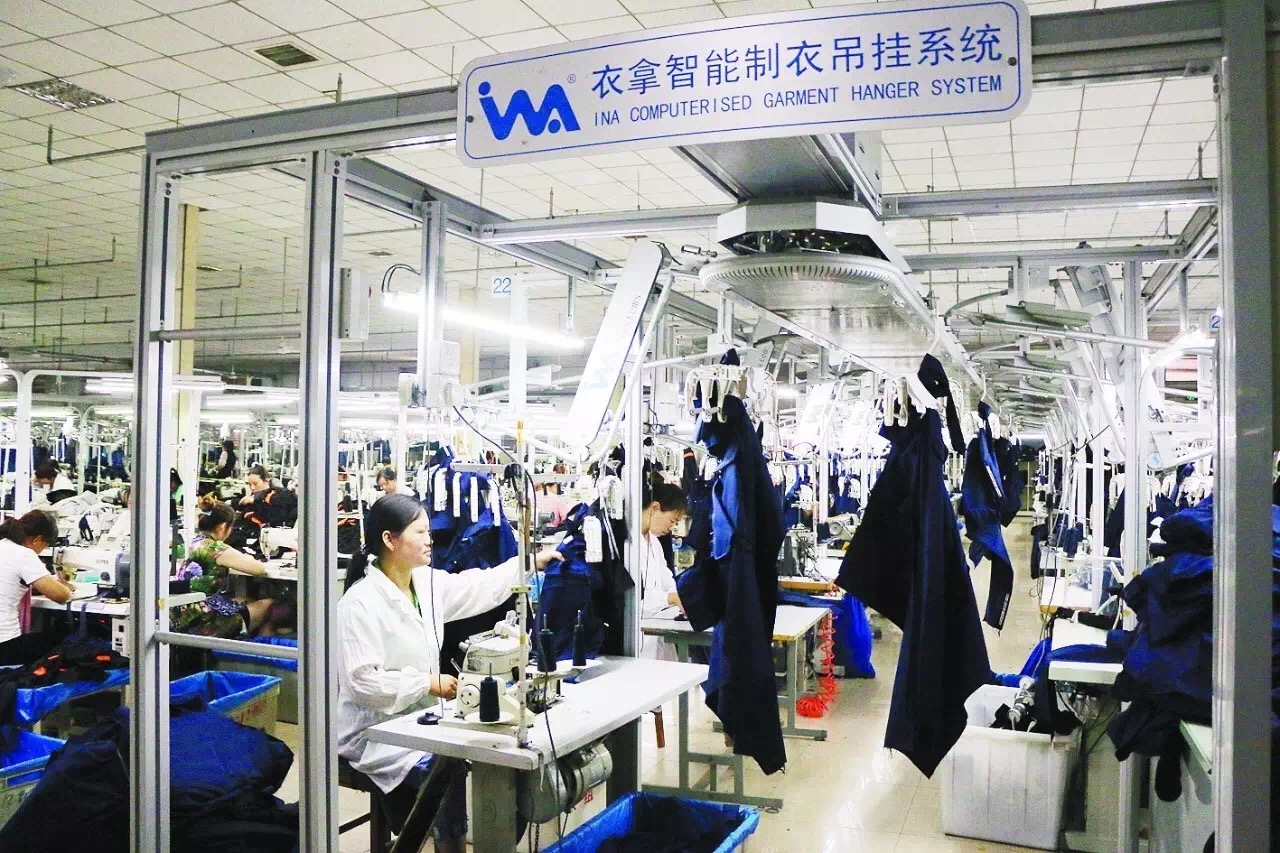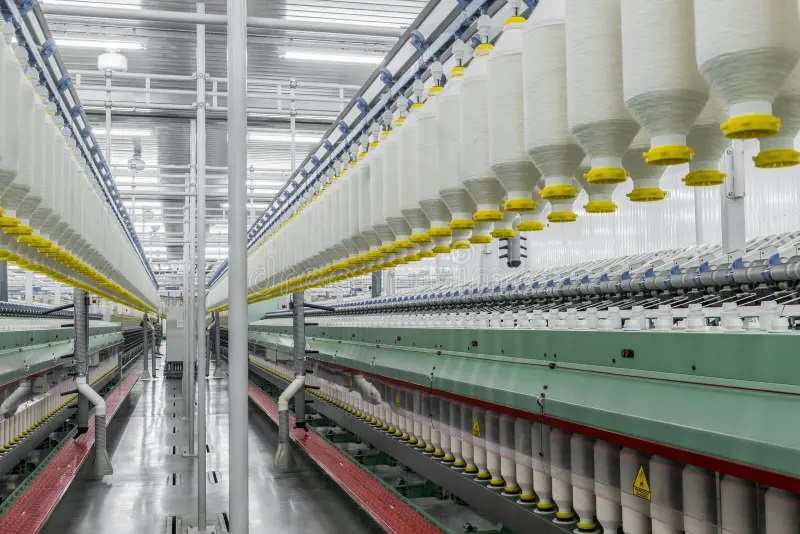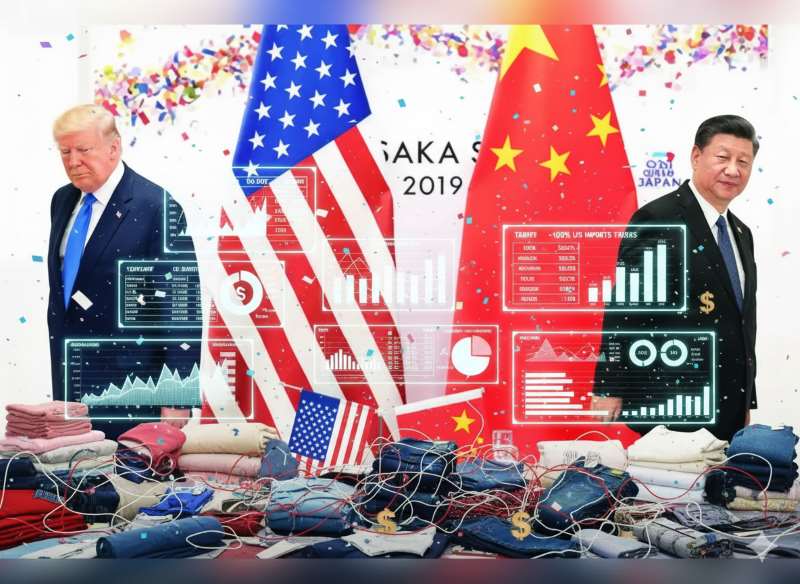
China has long been the world's textile and apparel manufacturing powerhouse, but recent years have seen notable shifts in its domestic and global trade dynamics. Evolving consumer demands, supply chain disruptions, and rising manufacturing costs have all played a role in reshaping the industry.
A shifting trade landscape
Despite fluctuations, China's textile and apparel exports has shown resilience, remaining a significant contributor to the global market. Imports on the other hand have steadily increased, reflecting a growing domestic demand for higher-value and specialized products. In the global market while still dominant, China's share has gradually decreased, suggesting a diversifying global supply chain.
Table: China’s textile trade and market share
Metric 2019 2020 2021 2022 2023 Exports ($ bn) 282 291 330 340 325 Imports ($ bn) 45 40 48 55 50 Global Market Share (%) 38 39 37 35 33
In the export front, the US remains a significant market for Chinese textiles and apparel, despite trade tensions. Other key export destinations include Japan, Vietnam, Germany, and Bangladesh. China imports textiles and apparel primarily from Vietnam, the US, Japan, Italy, and Australia. It may be noted that trade disputes, particularly with the US, have impacted China's textile and apparel exports. Tariffs and trade barriers have prompted some companies to diversify their sourcing and production locations. The textile and apparel industry is characterized by complex global value chains. China's role in these chains is evolving, with some production shifting to other countries while China increasingly focuses on higher-value activities like design and research & development.
At the same time growing awareness of environmental and social issues in the fashion industry is driving demand for sustainable and ethical products. Chinese manufacturers are responding by adopting more sustainable practices and certifications. The domestic market too has seen its share of changes. China's economic growth has led to significant increases in wages, eroding its cost advantage in labor-intensive manufacturing. This has pushed some production towards lower-cost countries in Southeast Asia and Africa.
Meanwhile, a burgeoning middle class with increasing disposable income has pushed up domestic demand for higher-quality and more diverse apparel. This has encouraged Chinese manufacturers to upgrade their production capabilities and focus on domestic consumption.
Moreover China is actively investing in automation and advanced manufacturing technologies to enhance productivity and competitiveness. This shift towards "smart manufacturing" is transforming the industry and mitigating the impact of rising labor costs.
Looking ahead
China's textile and apparel industry is undergoing a period of significant change. While it continues to be a major player in global trade, its role is evolving. China is moving towards higher-value activities, focusing on innovation, technology, and domestic consumption. The coming years will likely see further shifts in global value chains, increased competition from other production hubs, and a greater emphasis on sustainability. The ability of Chinese companies to adapt to these changes will determine their future success in the dynamic global textile and apparel landscape.












